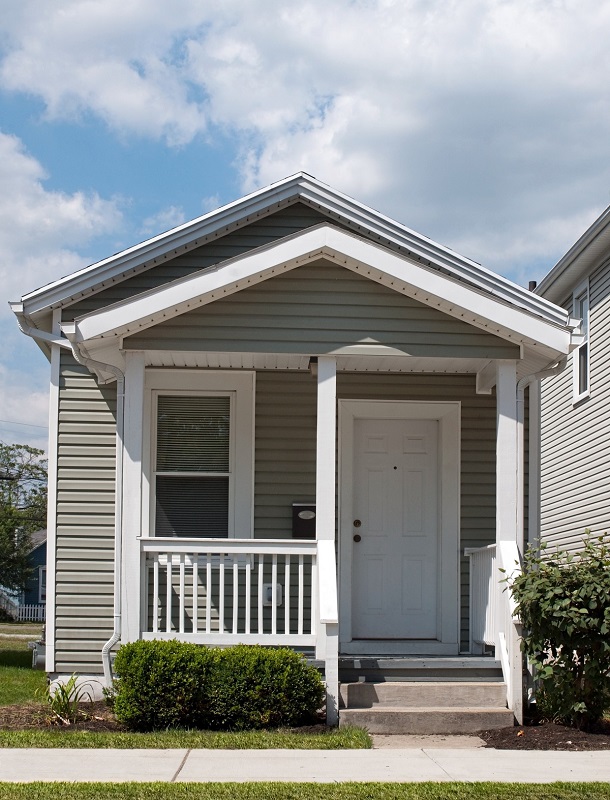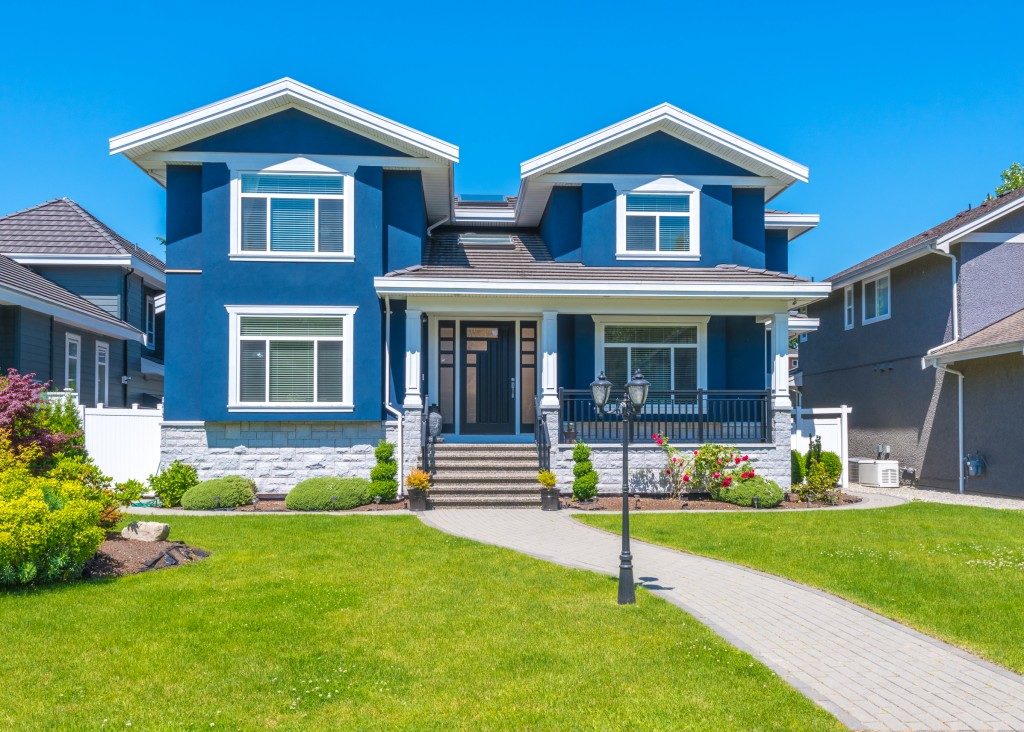There is an increasing trend of downsizing and living in tiny houses. Whether they are doing it permanently or temporarily, tiny house living can be an interesting experience. Most of these houses are around 500 square feet or less. That is the biggest that the houses get. The average tiny house can be half that.
The idea behind the tiny house movement is to leave big, expensive houses behind and move into a smaller and much more manageable home. With a smaller house, a lot of maintenance needs and expenses are lowered. Additionally, building one and living in it can be very affordable. But you shouldn’t jump into it blind. Here are some advice and tips to make your transition to a tiny house as smooth as possible.
Have A Valid Reason
One of the things you have to be clear about is the reason for moving into your tiny house. Some people want to live in a tiny house for savings. Many retirees don’t need the big house they had when they had a big family. With only two people in the home, it seems a bit too big. So they downsize by selling their house and using the funds to buy a smaller one. A tiny house is a really small house, but it should meet two people’s needs easily.
Others might go for tiny house living because they want to save money, while others want to try it because it allows for easy off-grid living. It will be much easier for you if you have a definite reason for your move into tiny house living.
Try It First

But not everyone is cut out for the tiny house life. You should seriously go and try it out first before taking the first decisive step towards the lifestyle. There are many sample tiny houses out there, and you can rent them for a week or two for a vacation. It can show you a bit of the cramped life that you might experience. Another option for experiencing the tiny house life is to rent an RV for a few months. Recreational vehicles can be around the size of average tiny houses, and some tiny houses are of the wheeled variety.
Do Some Research
There are a lot of resources out there about tiny living. Besides experiencing it first hard, you should be looking at all the literature about it. It will help you find out about some of the challenges that you’ll face so that you can properly plan for them. Besides that, research will also lead you to ideas on the appearance of your tiny house and what you can do for your home. This way, you can start making plans early.
Find An Appropriate Place

You’ll need a lot for your tiny home. Many of them are built in out-of-the-way places, similar to how cabins in the past were built. But it doesn’t mean you can’t build a tiny house in an urban area. But you have to follow all the local rules when it comes to construction. If you plan to make a tiny house that can be pulled around by a car or truck, you have to know whether you can park the house on the lot. Some communities are full of tiny homes if you want to be completely sure.
Think About Power And Utilities
One issue that you have to clear up is the need for water and electricity. A tiny house can mean less need for electricity and water, but you still need them. The problem is tiny houses are a bit limited when it comes to getting them. For electricity, you can contact solar companies to provide you with solar panels and batteries. Your main electrical consumption will likely be some appliances, but you still have to be careful about the usage.
As for water, the plumbing should be the same as a normal house except that your water should come from a tank. A 40-gallon tank should be enough for your needs, with it being refilled when necessary, either by truck or by being hooked up to an actual water system.
As for toilets, there are several options available. While regular flush toilets are an option, this will require a connection to the sewer system. This might not be feasible. Other options are macerating toilets which require pumping out, and composting toilets that need a composting pile.
The tiny house trend is not for everyone. But there is a sizable amount of the population that can benefit from downsizing and streamlining their life. Think about your options and consider them for your lifestyle.





